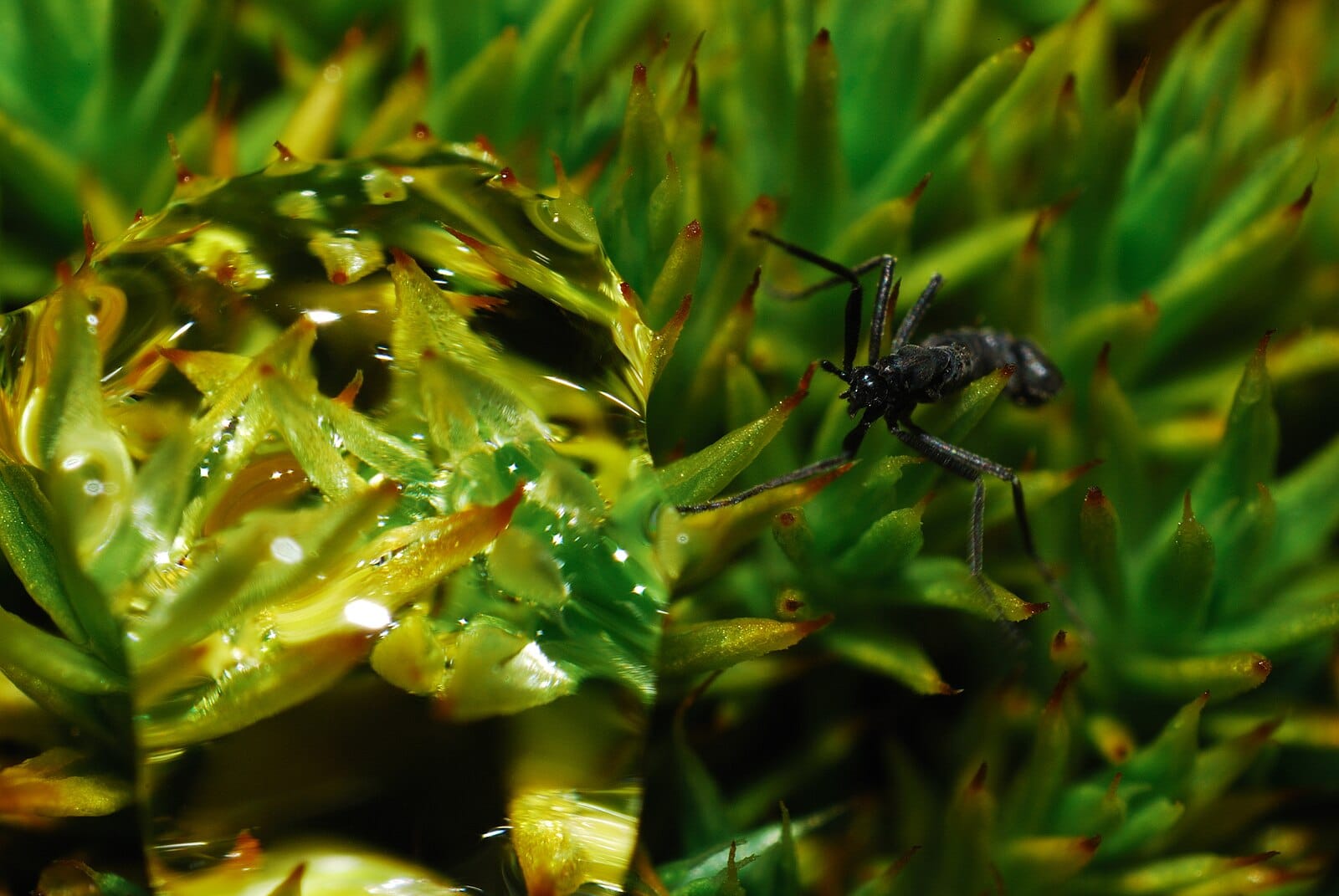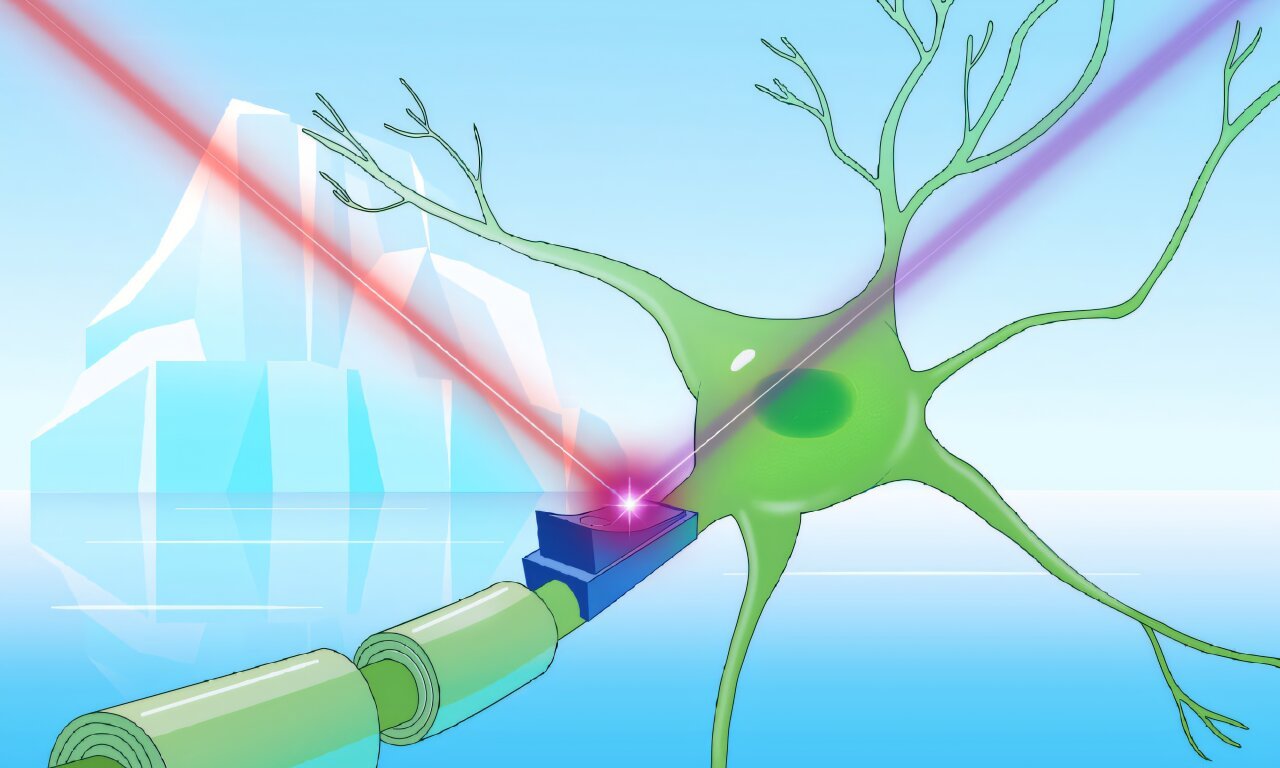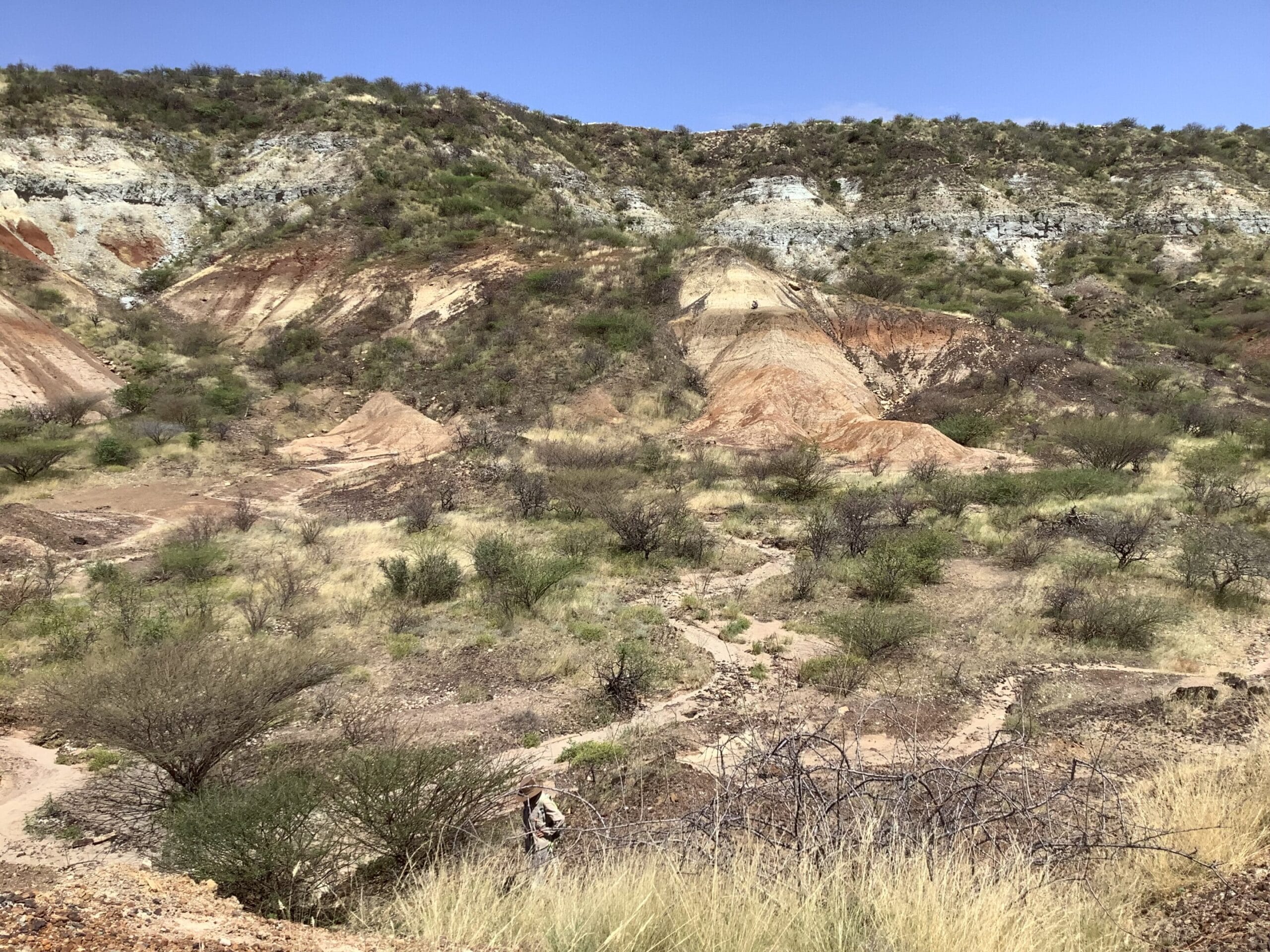Long before mammals roamed, before the first feathered dinosaur took flight, and even before the continents fully drifted into the shapes we know today, insects were there. With fossil records tracing their lineage back over 400 million years, these tiny, often overlooked creatures have witnessed a planet in perpetual motion. They have seen ice ages come and go, oceans rise and recede, volcanic winters darken the sky, and climate regimes shift with silent menace. While species rose and fell, insects endured. Not because they are the strongest, or even the smartest—but because they are astonishingly adaptable.
Insects are nature’s quiet survivors, the small things that shape the world. Their resilience isn’t born of luck or simplicity but of biological ingenuity. In the face of searing heat, bone-chilling cold, lethal droughts, floods, radiation, and even chemical assaults, insects have developed survival strategies so diverse and bizarre that they rival the inventions of science fiction. Their bodies are masterpieces of engineering. Their behaviors are honed by time, molded by need, and sharpened by danger. They are evolution’s finest expression of endurance.
And as our own species begins to reckon with the accelerating pace of environmental change, we may find the blueprint for survival in their wings, exoskeletons, and minds.
Surviving the Deep Freeze: The Art of Cryostasis
Imagine being frozen solid—heart stopped, blood like glass, life paused. For humans and most mammals, this would be death. But for many insects, it is simply winter.
In temperate and polar regions, where temperatures plunge below zero for months, insects like the wood frog’s companion—the woolly bear caterpillar—perform one of nature’s most elegant acts of defiance. As autumn wanes and frost claims the soil, these caterpillars begin producing special proteins and sugars, particularly glycerol, that act like antifreeze. This biochemical shield prevents ice crystals from forming inside their cells, which would otherwise rupture and kill them.
Then, they do the unthinkable: they freeze. Ice forms between their cells, but the cells themselves remain intact. For months, they lie entombed beneath snow and ice, their hearts still, metabolism halted. And when spring melts the world, they thaw—slowly, but surely—rising from their icy tomb as if nothing had happened.
Other insects, like the Arctic midge (Belgica antarctica), take this to an extreme. This wingless fly, the largest terrestrial animal native to Antarctica, can survive freezing up to 70% of its bodily water. Its larvae enter a state of suspended animation, enduring temperatures as low as –40°C, and return to life when conditions allow. No warm coat, no shelter—just chemistry and patience.
The Fire Within: Withstanding Heat and Deserts
While cold demands stillness, heat demands action. In deserts where daytime temperatures soar past 50°C, insects must dance with fire. Survival in these blistering landscapes requires a different set of adaptations—ones that prevent overheating, dehydration, and cellular collapse.
The Saharan silver ant (Cataglyphis bombycina) is one of the most thermally resistant terrestrial animals known. It forages in the hottest part of the day, when predators have retreated. Its unique silver hairs reflect sunlight and help dissipate heat through infrared radiation. Its long legs lift its body above the scorching sand, creating a thin air buffer that cools its ventral side. It moves with blinding speed—not out of panic, but necessity. It has mere minutes to find food before the heat overwhelms it.
Elsewhere, in the Australian Outback, the tiger beetle uses behavioral thermoregulation. It seeks refuge in shaded cracks during the worst of the heat, then darts out with precision, its movement controlled not just by hunger but by thermosensory neurons that gauge surface temperature.
Insects also minimize water loss through waxy coatings on their exoskeletons and spiracle closures—tiny valves that regulate gas exchange. The balance is delicate: breathe enough to live, but not enough to dry out. This balance has been fine-tuned over millions of years, allowing insects to not only survive deserts but dominate them.
Dormancy and Diapause: Pressing the Pause Button on Life
Sometimes, survival isn’t about confronting change—it’s about waiting it out. Diapause is one of the most remarkable tools in the insect survival kit. It is a form of dormancy, a preprogrammed suspension of development triggered by environmental cues such as temperature, photoperiod, or even chemical signals in the environment.
The monarch butterfly (Danaus plexippus) enters reproductive diapause during its incredible migration across North America. As days shorten and temperatures fall, the monarch’s physiology shifts. Instead of mating and laying eggs like their summer predecessors, these migratory monarchs conserve energy and fly thousands of kilometers to overwintering sites in Mexico. There, they rest in massive clusters on fir trees, living off stored fats and avoiding activity until spring calls them northward again.
In the Arctic, certain mosquito species remain in egg diapause for years, embedded in frozen soil, awaiting a brief summer thaw. And in Africa, the tsetse fly’s embryos can enter diapause inside the mother, halting development until the rainy season returns, ensuring that the offspring are born into a world of abundance rather than scarcity.
Diapause isn’t just sleep—it is survival by anticipation. A genetic bet placed on environmental rhythm. And insects have been winning that bet for eons.
Wings Against the Wind: Migration as Escape
When adaptation fails, movement begins. For many insects, survival means flight—not just from predators, but from environmental collapse.
Perhaps the most awe-inspiring example is the globe-skimming dragonfly (Pantala flavescens), which holds the record for the longest insect migration. It traverses over 14,000 kilometers across oceans and continents in a round-trip journey that spans generations. This tiny creature, no larger than a paperclip, rides monsoon winds across the Indian Ocean, from India to East Africa and back. No maps, no rest stops—just instinct, weather, and the push of survival.
Locusts, too, are infamous travelers, but their migration is a darker story. Triggered by overcrowding and environmental stress, solitary desert locusts transform—morphing into gregarious forms, changing color, behavior, and physiology. They band together in massive swarms, blackening skies as they devour everything in their path. It is not malevolence, but desperation—a biological response to environmental collapse.
Butterflies, beetles, moths, and even aphids use wind currents and solar cues to move across the world, timing their migrations with uncanny precision. Migration is not aimless wandering—it is survival by movement, evolution in motion.
Adaptation at the Genetic Level
While behaviors and physiology offer short-term solutions, the long game of survival is written in genes. Insects evolve quickly—sometimes within just a few generations—and this genetic plasticity allows them to adapt to extreme environmental changes with staggering speed.
Climate change offers a sobering laboratory. As temperatures rise and seasons shift, insects are already evolving. Mosquitoes in urban heat islands have developed greater heat tolerance. Some butterflies now emerge earlier in the year. And pesticide resistance—a form of artificial environmental pressure—spreads through populations like wildfire. One mutation in a single gene can render an entire population immune to a previously deadly chemical.
But the most astonishing adaptations are those we barely understand. Antarctic midges produce unique proteins that stabilize their DNA and membranes during dehydration. Some beetles have evolved molecular pumps that detoxify heavy metals, allowing them to live in polluted environments. And recent studies have shown that epigenetic changes—reversible modifications that affect gene expression—can allow insects to adapt without waiting for mutations.
Adaptation, in insects, is not just reaction—it is preemptive flexibility. It is a system tuned not to stability, but to chaos.
Social Insects and the Power of the Hive Mind
While many insects survive as individuals, others thrive through community. Social insects—ants, bees, termites, and wasps—demonstrate that sometimes, survival lies in cooperation.
When environmental disasters strike, it is the collective intelligence of the hive that rises. Honeybees thermoregulate their hives by fanning their wings, clustering for warmth, or even water-foraging to cool overheated brood chambers. Leafcutter ants, whose fungal gardens can perish in dry conditions, adjust their foraging schedules to avoid desiccation. Termites build towering mounds with internal air conditioning systems, maintaining near-constant temperatures despite external extremes.
Social insects buffer themselves against change by building societies that adapt together. They store food, defend territory, communicate danger, and care for young communally. The queen may lay the eggs, but the survival of the colony is a dance of thousands.
And when one nest is destroyed, they rebuild. Faster than fire can erase them, they return. Resilience, in the social insect world, is a shared burden—and a shared triumph.
Radiation and the Edge of Biology
Perhaps the most extraordinary story of insect endurance lies not in cold or heat, but in radiation. In the wake of the Chernobyl disaster in 1986, while humans evacuated and birds fled, insects remained. In the exclusion zone today, species like cockroaches, spiders, ants, and beetles flourish in radioactive soil, some even in higher numbers than before.
Radiation causes DNA damage, yet many insects seem astonishingly resistant. Some species can repair genetic damage more effectively than vertebrates, using enzymes that rebuild broken strands with surgical precision. Others mitigate radiation’s effects by simply reproducing faster than the damage can accumulate.
The midge Polypedilum vanderplanki, found in Africa, takes this to surreal heights. It can survive complete desiccation by entering a tun state—a near-lifeless form—then revive with water. In this state, it can endure high doses of radiation that would kill humans instantly. The proteins it uses to protect its DNA during drying also defend against radiation, blurring the line between physical and environmental resilience.
These are creatures that push the edge of biology. Insects, it seems, do not fear death the way we do. They mold themselves to survive it.
Lessons for a Warming World
As Earth’s climate shifts, sea levels rise, and ecosystems tremble, humans stand at a crossroads. We are brilliant, but fragile—masters of the world, yet strangers to survival without tools. Insects offer us a humbling contrast. They have no cities, no satellites, no servers. Yet they persist, and they adapt.
We can learn from them.
Their survival is not just biological—it is philosophical. It is a celebration of flexibility over strength, of smallness over grandeur, of silence over noise. Insects remind us that life does not resist change by force, but by flow. They offer models for bioengineering, clues to cryopreservation, and templates for artificial intelligence. Their strategies may help us design better materials, more sustainable agriculture, and even new medicines.
But more than that, they offer us hope. Hope that life finds a way—not just in times of abundance, but in the deepest scarcity. Not just on a blue planet, but possibly beyond it.
The Immortal Pulse
Insects are not immortal. Like all things, they die. But their design—modular, decentralized, redundant—makes them hard to kill as a lineage. They persist because they are many, and because they change. They molt through chaos, they metamorphose through hardship, and they return from extinction’s edge with quiet determination.
Every fluttering moth in a drought-stricken field, every burrowing beetle in a radioactive wasteland, every frozen caterpillar in a mountain hollow is a message: survival is not perfection, but persistence.
And so, they continue—the ancient, humming heart of the biosphere. The first to arrive after fire, the last to leave before collapse.
Insects are not just survivors of change. They are its authors.
And in their survival, we glimpse our own story—not of conquest, but of coexistence with a world that is always becoming something new.






